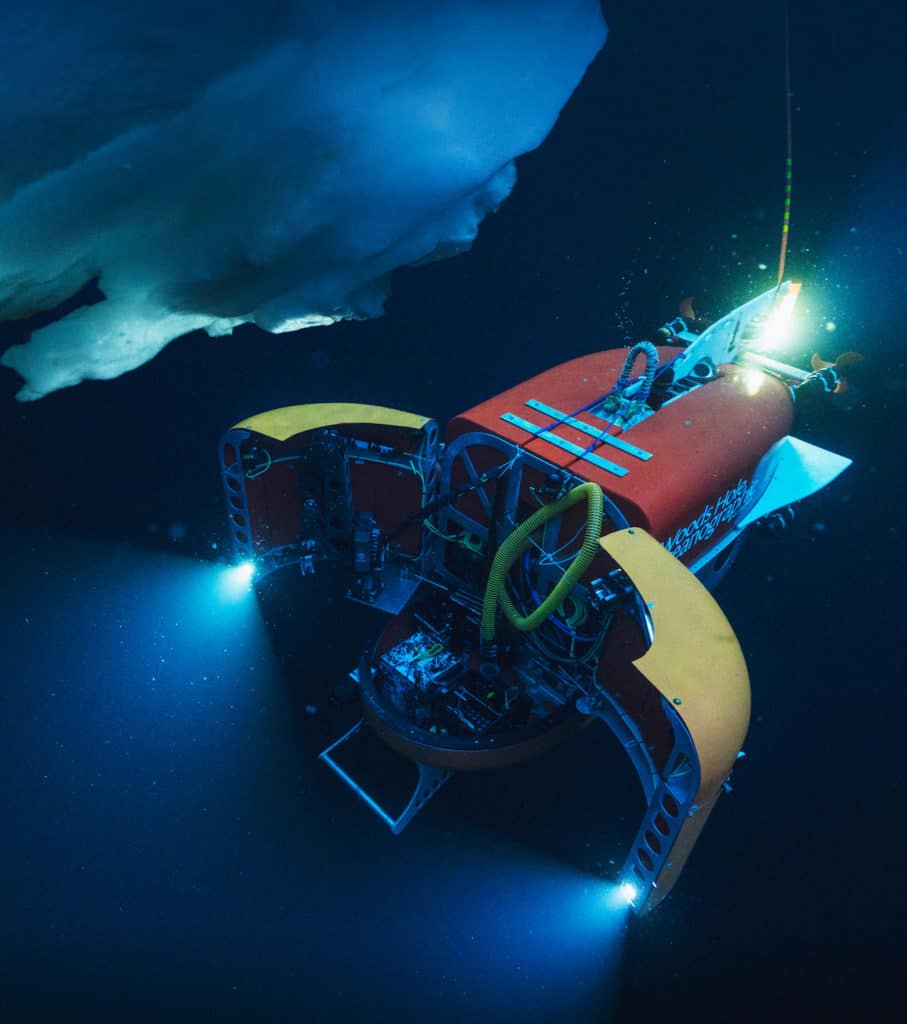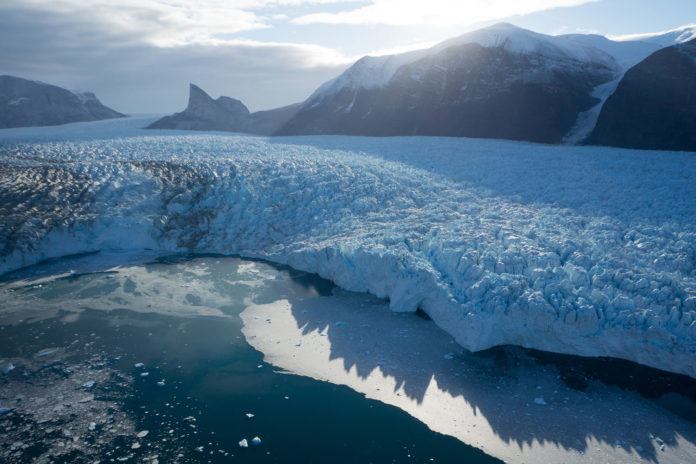Greenland’s glaciers – which make up the world’s second-largest ice sheet – are the front line of climate change and could hold the key to predicting a global sea-level rise. But what goes on at the underwater face of Greenland’s glaciers is a mystery to science.
Now, the researchers at The University of Texas at Austin want to change that with a bold new mission, which is due to launch in 2023. The mission will explore three of Greenland’s glaciers – Kangilliup Sermia, Umiammakku Sermiat, and Kangerlussuup Sermia – with a submersible robot. This will be the first time Greenland’s glaciers will be seen up close underwater.
The researchers will send the remotely operated vehicle Nereid Under Ice (NUI) to approach within feet of the glaciers and return with data and samples from their underwater environment. The primary focus is not glacial ice but the natural sand walls (moraines) that buttress the glaciers and are thought to naturally stabilize the ice sheet. What they learn will reveal what’s shoring up glaciers across the entire Greenland ice sheet, which could lead to more accurate model projections for future sea-level rise. The collected information could be crucial for future geoengineering projects.

“The big uncertainty in Greenland’s contribution to sea-level rise is how fast the ice sheet is going to lose mass,” said Ginny Catania, a professor at UT’s Jackson School of Geosciences who is leading the voyage. “We know how much sea level is stored in the ice sheet; we know the climate is warming and changing the ice sheet, but what we don’t know is the rate at which these glaciers will contribute to sea-level rise.”
NUI will make its way underwater to reach the glacier’s face, mapping the seafloor topography as it goes. Once it is at its target site, operators aboard a nearby support ship will remotely guide the robot’s manipulator arm to retrieve sediment cores from the glacier’s moraines. The vehicle will also gather samples from the massive sediment plumes jetting from under the glaciers.
The submersible robot was engineered with layers of built-in redundancy, including multiple thrusters, battery packs, and navigation systems to allow it to operate in difficult conditions far from its support ship. Its primary communication link is a 10-mile-long, hair-thin optic fiber connecting NUI to its support ship, allowing operators to control its cameras and arm. The robot can still be piloted using underwater acoustics if the fiber breaks and automatically returns to a pickup point if all communication fails.
“This is high-risk, high-reward science, but it’s exactly the kind of bold step needed to tackle the pressing and societally relevant questions about climate change and geohazards,” said Demian Saffer, director of UTIG. “If it succeeds, it could transform our understanding of sea-level rise.”
